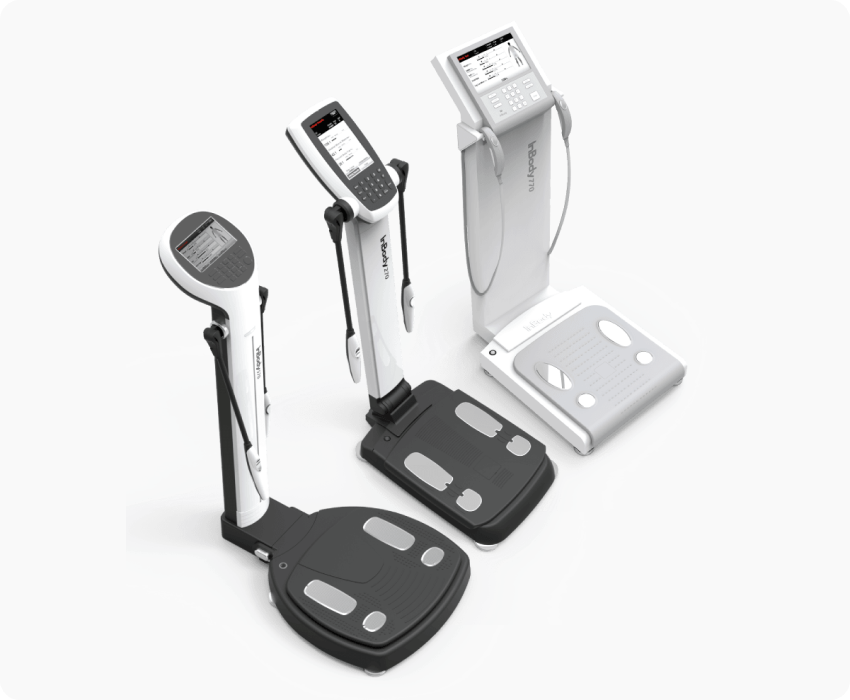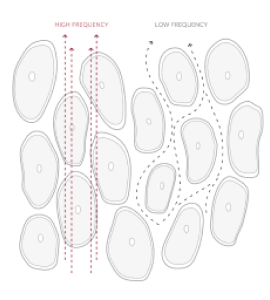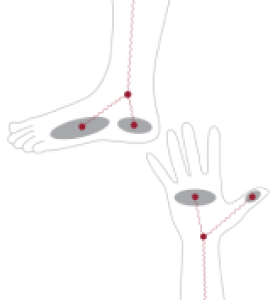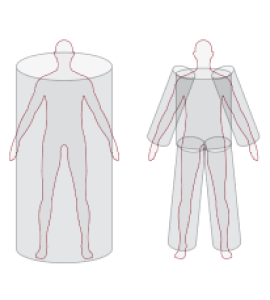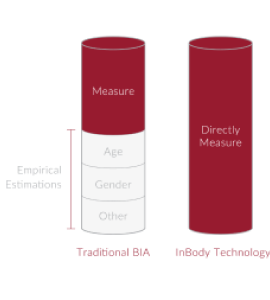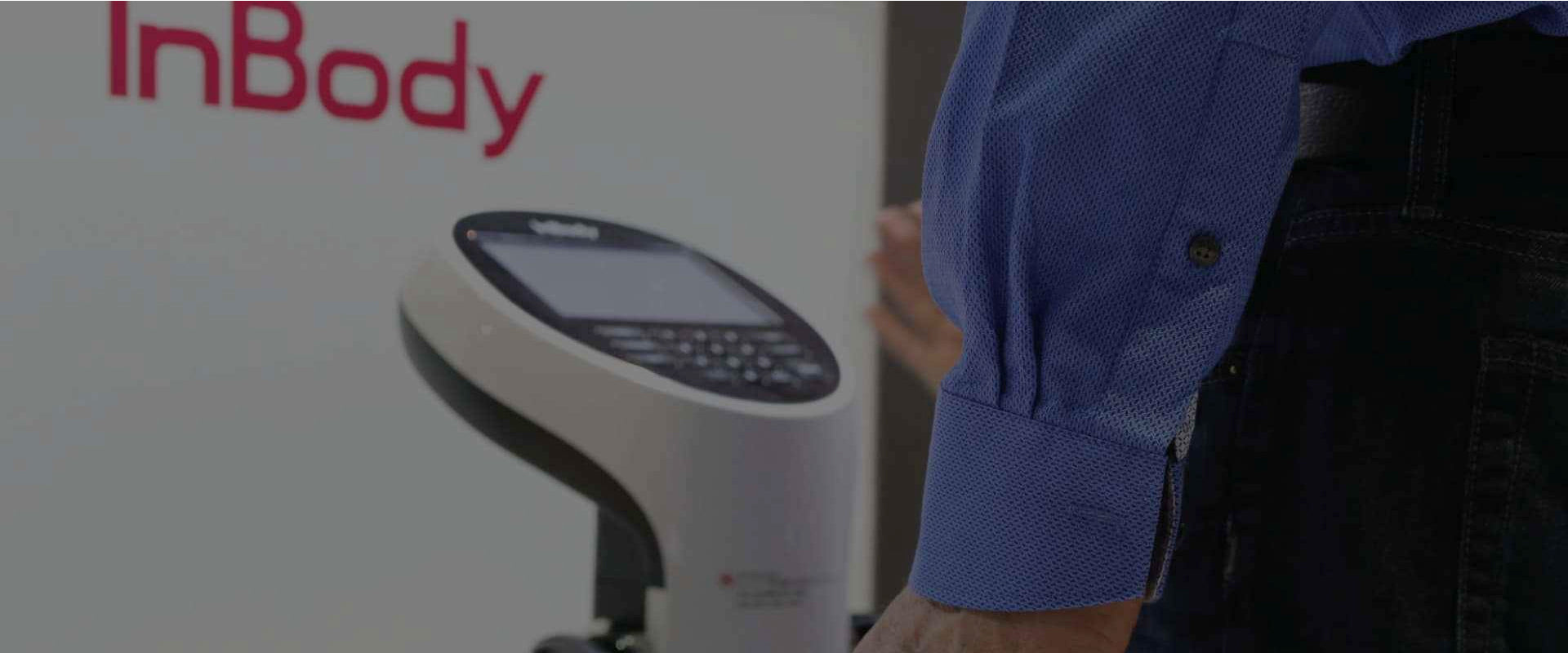What makes InBody technology different?
Traditional BIA technology measures the human body as a single-cylinder using one frequency, which increases the likelihood of inaccurate results.
Conventional BIA devices use empirical estimations based on factors like age and sex to help improve accuracy. While this may work for people with a standard body type,it is inaccurate for those who do not fit this mold, such as fit elderly adults.
Everyone has a unique body composition— that’s why InBody makesinnovative technology tailored to the individual, not a group. InBody’s medical-grade body composition analyzers use four pillars of technology to provide accurate, precise direct segmental measurement multi-frequency bioelectrical impedance analysis (DSM-MFBIA) extensively validated to gold-standard methods.
What is Bioelectrical Impedance Analysis (BIA)?
Bioelectrical impedance analysis (BIA) is a method for measuring body composition, including muscle mass, body fat, and total body water.
Alternating low and high-frequency electrical currents are sent through the water in the body via contact with electrodes to measure impedance.The impedance is used to determinetotal body water (TBW), which can then be used to derive your fat-free mass—the portion of your body that does not contain fat, including your muscle and bone—and finally, body fat.
01
Multiple Frequencies
Other BIA Devices
The ability to distinguish between extracellular and total body water is critical to identify fluid imbalances related to
acute inflammation or edema. Many BIA devices use only one frequency at 50 kHz to measure impedance, which
does not fully pass through the body’s cells and makes the accurate measurement of total body water impossible.
As a result, patients with increased extracellular water may have overlooked health risks.
InBody Devices
InBody uses a combination of low and high frequencies to accurately determine extracellular, intracellular, and total
body water. The use of multiple frequencies allows InBody devices to achieve a high level of precision.
Medical practitioners can use InBody for measurements of body composition and fluid status.
02
8-Point Tactile Electrode System
Other BIA Devices
Many BIA devices lack a thumb electrode or have hand electrodes positioned close together. These designs can
cause measurements to start in the palm, which has a high impedance and can cause inaccuracies or lead to
inconsistent measurement starting points, reducing the reliability of results.
InBody Devices
InBody uses a combination of low and high frequencies to accurately determine extracellular, intracellular, and total
body water. The use of multiple frequencies allows InBody devices to achieve a high level of precision.
Medical practitioners can use InBody for measurements of body composition and fluid status.
03
Direct Segmental Multi-Frequency Bioelectrical Impedance Analysis (DSM-MFBIA)
Other BIA Devices
Traditional BIA views the human body as one cylinder. However, the short length and large cross-sectional area of the
torso mean that even a minor measurement mistake can lead to substantial error. For the most accurate results,
BIA devices should measure the torso separately.
InBody Devices
Direct segmental measurement bioelectrical impedance analysis regards the human body as five cylinders: left arm,
right arm, torso, left leg, and right leg. InBody independently measures each cylinder to provide accurate
measurements for the entire body.
04
No Empirical Estimations
Other BIA Devices
Many BIA devices use empirical equations to compensate for technological flaws, including the lack of torso
impedance (due to whole-body impedance measurement), single frequency measurements (which are unable to
differentiate between water compartments), and lack of reproducibility (from electrode placement or positioning).
These empirical equations utilize data, such as age, sex, and ethnicity, to calculate body composition based on
common trends rather than relying solely on the individual’s actual body composition.
InBody Devices
InBody measures body composition without relying on empirical assumptions based on age, sex, ethnicity, or body
shape, producing accurate and precise results validated to gold standard methods. Simply put, InBody provides
individualized feedback for progress tracking to help you achieve your goals.
